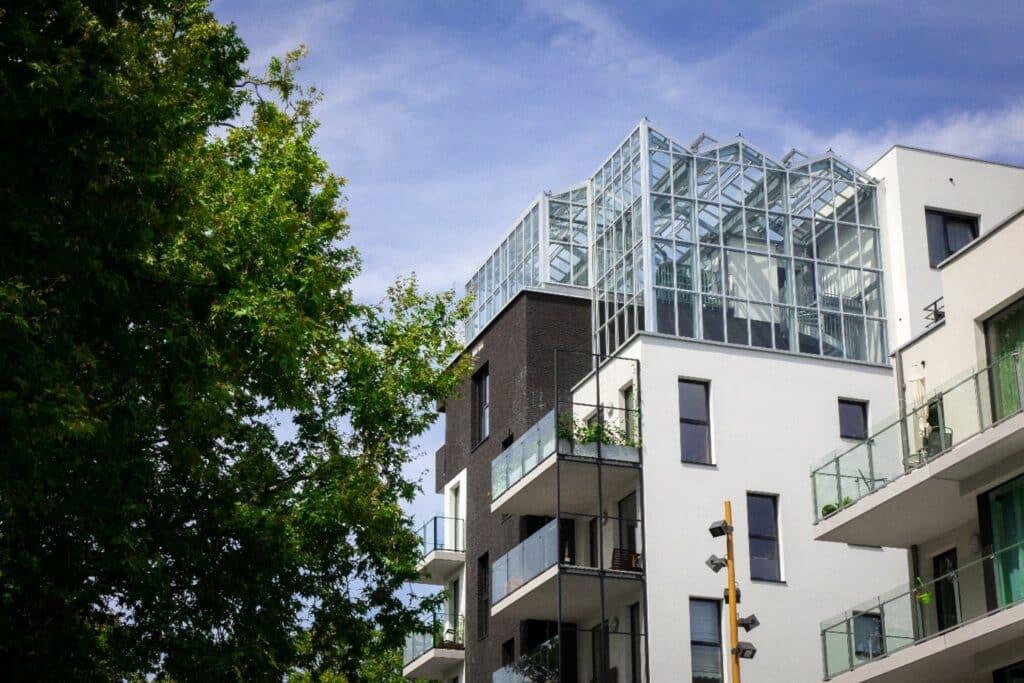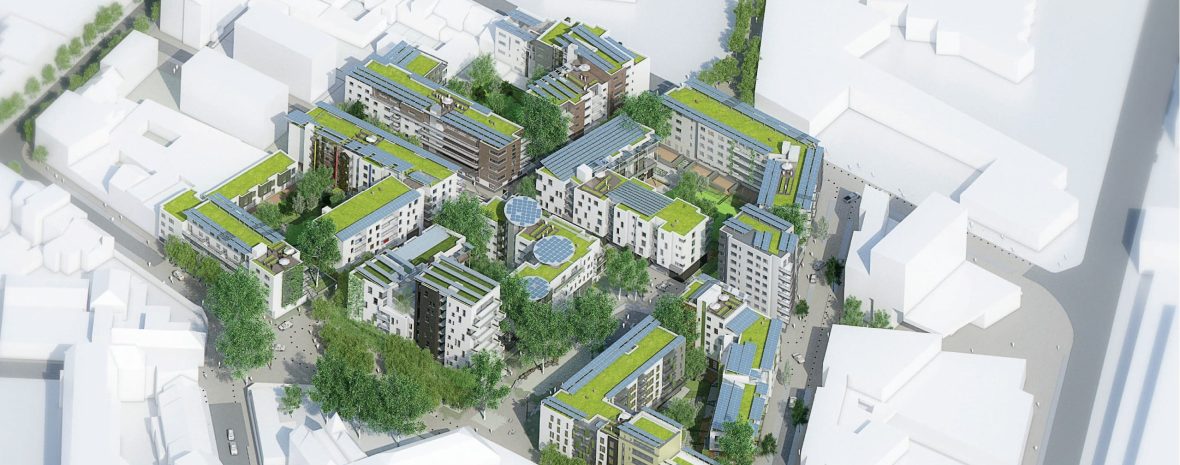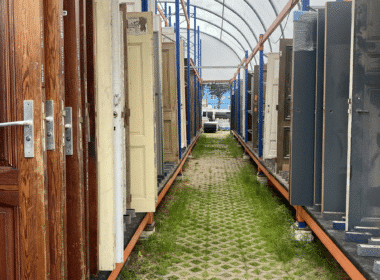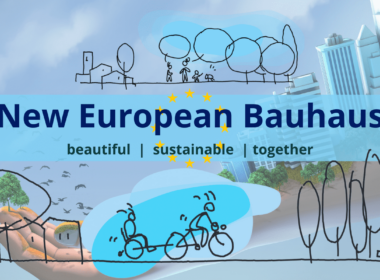Inaugurated in two phases in 2016 and 2019, Tivoli GreenCity, an exemplary neighbourhood in terms of its sustainable development, has received numerous awards both in Belgium and abroad (11 prizes and certifications). To assess the project’s impact on its surrounding environment and its occupants, citydev.brussels commissioned an impact study from the Sciences Po Urban School in Paris. The aim of this approach is to question the relevance of the choices made during the design phase, and to help the Brussels institution’s future real estate projects adapt to rapidly changing societal and environmental expectations.

Why an impact study?
Ever since its conception in the early 2010s, Tivoli GreenCity has positioned itself as a laboratory for innovation, incorporating environmentally friendly features (passive housing, rainwater harvesting, greenhouses, rooftop vegetable gardens, etc.) and a bold functional mix. The concept of a sustainable neighbourhood has evolved considerably since then: changing benchmarks, increasingly powerful regulations, the creation of new design, management and technical tools, etc. The study focuses on the neighbourhood’s initial objectives, how it has met them, and how it is adapting and improving today, now that residents have moved in.
citydev.brussels wanted to measure how well users could take ownership of the infrastructure and check whether the initial objectives from the specifications ‒ whether technical, environmental or social ‒ corresponded to residents’ daily practices on the ground. The study had two objectives: to identify useful lessons for improving future projects, and to adapt their design, if necessary, to better address current challenges, such as climate resilience and inclusion.
Some key findings
The study revealed several enlightening discrepancies between forecasts and the reality on the ground. While the energy efficiency of the buildings has performed as planned, there are obstacles preventing some of the shared spaces being fully adopted. For example, areas designed to encourage social interaction – such as the rooftop greenhouse, rooftop vegetable gardens or collective laundry rooms – are being used inconsistently, due to conflicts arising from access through private areas, or initial misunderstandings about the investments to be made by residents.
Furthermore, the limits of the citizen participation process, which was implemented in the planning phase, are now becoming clear in terms of sustaining residents’ commitment, underlining the need for long-term support after they have moved in.

Open data matrix available
A major step forward to highlight at the heart of this approach is the evaluation matrix that has been developed. Available in open-data format, this tool is based on 71 indicators and focuses on key themes such as users, mobility, the functional mix and urban metabolism.
In practical terms, the matrix can be used to measure user satisfaction with the eco-friendly facilities, the adaptation of shared spaces to the residents’ real needs, or the effectiveness of resilience systems in the face of climatic variations, for example. Thanks to this approach, all players in the sector – whether developers, local authorities or even committed citizens – will be able to rely on a proven methodology to compare and optimise their own projects by promoting an adjustable, contextual approach to evaluation.
Ultimately, this impact study on Tivoli GreenCity offers valuable insights into how a sustainable neighbourhood evolves once it’s being lived in. It reaffirms citydev.brussels’ commitment to combining innovation, environmental performance and social cohesion, while drawing on the experience it’s gained for its new projects and sharing this experience with all local players. Making the matrix available in open-data format thus represents a unifying and inspiring tool, helping to guide future urban projects so they can better adapt to tomorrow’s challenges. The aim is for each territorial player who uses the matrix to also share the lessons they learn from it in an open-source format, enabling the matrix to evolve so other players can benefit from the experience of their peers.
Pauline Cabrit, coordinator of the participatory consultation and Barbara Decamps, Communication Manager at citydev.brussels
Here is the link to the study on the impact of the sustainable Tivoli neighborhood.





